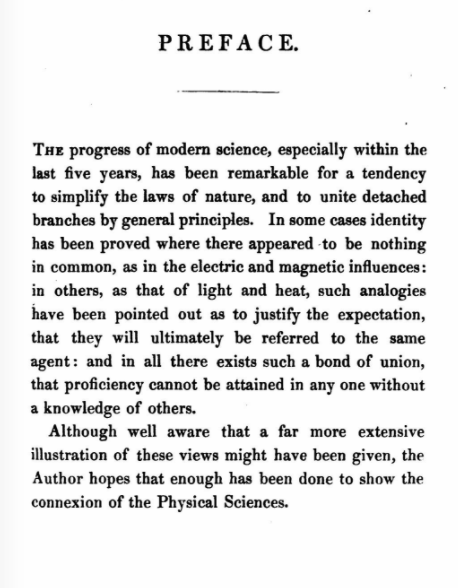It is nice that R is so popular nowadays. I have been using it since 1999 or so, when Jaakko Heinonen introduced me to it, and been convinced since 2002 when I started teaching it to undergrads, that once one grasps the logic behind it, it is not difficult to use. At that time, I even developed a couple of simple packages for use in my courses. More recently, in the last three years I have been doing a lot of programming in R, as I am developing a suite of packages, while earlier I had been mostly writing simple scripts for analysing data.
R is as a programming language quite unusual and takes some time to learn to squeeze all the possibilities out of it, both in terms of performance and programming paradigms, but I have grown to like it a lot.
A very simple and a bit superficial note on R was published a couple of weeks ago in Nature. The citations record used, surely underestimates the use of R, especially early on, as it was frequent to not cite R as a publication, and least to have the “R project” as the ‘author’ but instead to mention it as a “product” in materials and methods, or to cite the paper “Ihaka R, Gentleman R. 1996. R: a language for data analysis and graphics. Journal of Computational and Graphical Statistics 5: 299–314.” In those times, even some editors refused to accept R itself as an entry in the list of references, something that did happen to me when I submitted a manuscript. The first article I published which cites R, or rather the 1996 paper on R, is from 2001, so although the first references to the “R project” may be from 2003 as mentioned in the Nature article, citations to books and articles describing R and R packages, appeared in the literature already in the late 1990’s.
http://www.nature.com/news/programming-tools-adventures-with-r-1.16609

